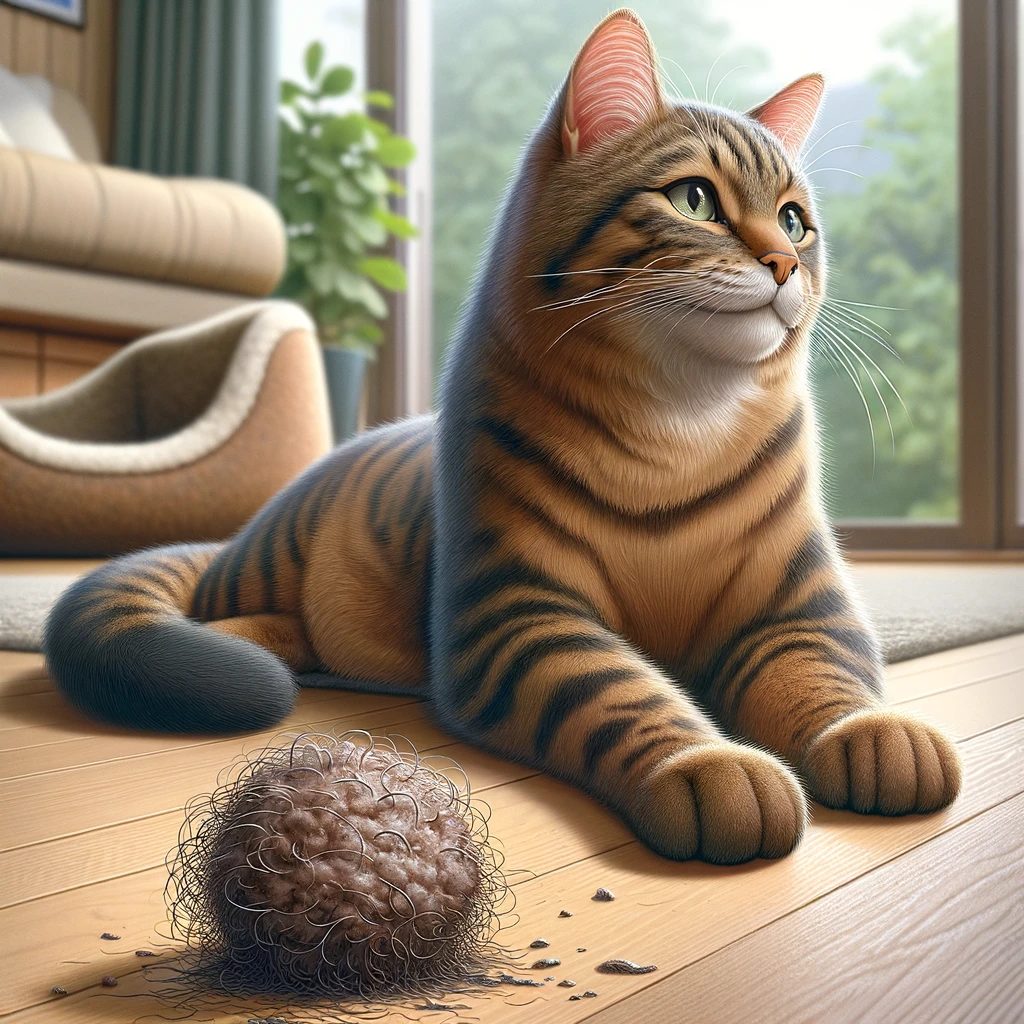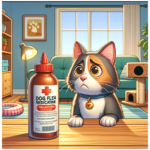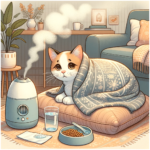
As a cat owner, one of the common issues you might encounter is dealing with hairballs. While it’s a natural part of a cat’s grooming process, excessive hairballs can cause discomfort and health problems for your feline friend. This comprehensive guide will explore the signs and symptoms of hairballs in cats and discuss various treatments, including a DIY recipe to help your cat.
Understanding Hairballs in Cats
Hairballs, medically known as trichobezoars, occur when cats ingest hair while grooming. Cats have tiny, hook-like structures on their tongue that catch loose and dead hair, which is then swallowed. Most of this hair passes through the digestive tract without issues. However, some hair can remain in the stomach, forming a hairball.
Signs and Symptoms
Recognizing the signs of hairballs can help you take timely action. Common symptoms include:
- Frequent coughing or gagging: If your cat is hacking but not producing a hairball, it could be trying to dislodge one.
- Vomiting: Cats often vomit up hairballs, which are usually cylindrical in shape.
- Lethargy: A cat with a troublesome hairball might seem less active or playful.
- Changes in bowel movements: Look out for constipation or diarrhea, as hairballs can affect your cat’s digestion.
- Loss of appetite: If a hairball is causing discomfort, your cat might eat less.
Treatments for Hairballs in Cats
Regular Grooming
Regular brushing helps remove loose hair, reducing the amount your cat ingests during grooming. Long-haired breeds, in particular, benefit significantly from frequent brushing.
Specialized Cat Food
There are cat foods formulated to reduce hairballs. They typically contain high fiber content to improve gut motility, aiding in the passage of hair through the digestive system.
Hairball Remedies and Laxatives
Pet stores offer over-the-counter hairball remedies. These are usually malt-based and act as a mild laxative, helping hairballs pass through the digestive tract more easily.
Keep Your Cat Hydrated
Ensure your cat has access to fresh water at all times. Hydration is key in keeping the digestive system functioning smoothly.
Regular Exercise
Engaging your cat in regular play keeps them active and helps maintain a healthy digestive system.
Vet Consultation
If hairballs are a frequent problem or if your cat shows signs of distress, consult your veterinarian. They can rule out underlying health issues and offer professional treatment options.
DIY Hairball Remedy Recipe
Here’s a simple, natural remedy you can try at home:
Ingredients:
- 1 tablespoon of puréed pumpkin (canned, natural, not pie filling)
- 1 teaspoon of coconut oil (melted)
Instructions:
- Mix the puréed pumpkin and melted coconut oil in a bowl.
- Serve this mixture to your cat as a treat, or mix it with their regular food.
This remedy is not only appealing to most cats, but the fiber in pumpkin can help with digestion, and the oil aids in moving hair through the digestive tract.
Conclusion
While hairballs are a common issue for cats, they can often be managed with simple home remedies and regular care. If you’re concerned about your cat’s hairballs, always seek advice from a veterinarian. By understanding the signs and having a few strategies up your sleeve, you can help your cat stay comfortable and healthy.
Remember, a happy cat is a happy home!
For more information on cat care and health, visit reputable sources like the American Veterinary Medical Association or The Humane Society. They offer a wealth of knowledge and resources for pet owners.
Remember to keep your cat’s health and happiness at the forefront of your care routine, and you’ll both enjoy a better quality of life together.







Thanks for sharing. Your article makes me full of hope. Thank you.
Looking forward to implementing some of these tips!
Great insights!
Your point of view caught my eye, interesting.